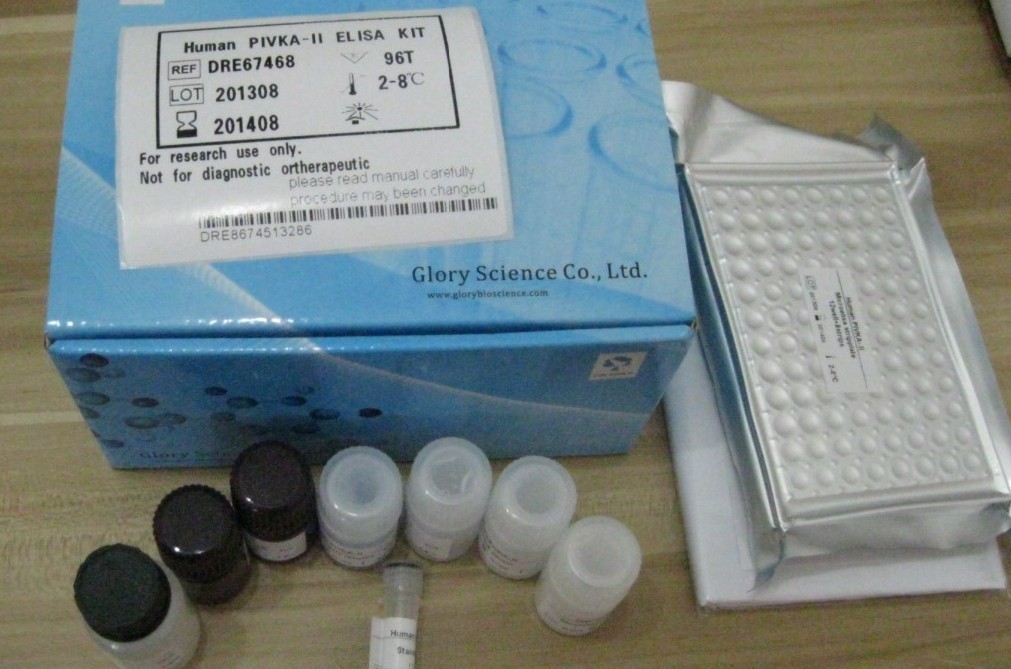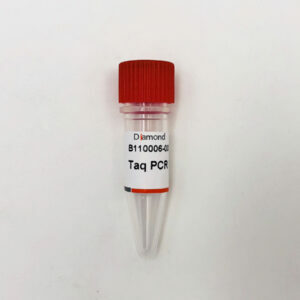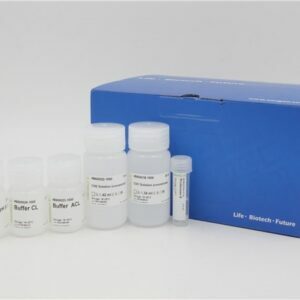Description
Product type: Unconjugated
Delivery cycle: spot
Catalog Number: GS-CCK101
Amount: 3000 times
Product Introduction
This CCK-8 cell viability detection kit contains WST-8 (2-(2-methoxy-4-nitrophenyl)-3-(4-nitrophenyl)-5-(2,4-disulfo Benzene)-2H-tetrazole monosodium salt). In the presence of electron carriers, WST-8 is oxidized and reduced by intracellular dehydrogenase to produce water-soluble orange-yellow formazan dyes that can be dissolved in tissue culture medium. The amount of formazan is directly proportional to the number of living cells. The CCK-8 method is a highly sensitive, non-radioactive colorimetric detection method used to determine the number of living cells in cell proliferation or toxicity experiments, which can replace the traditional MTT method.
Bring your own instruments and reagents outside the kit
Low-speed centrifuge, microplate reader (450nm wavelength), plate shaker, micropipette, 96-well culture plate, CO2 incubator
Steps
- Usually add 100ul (2000 cells) per hole for cell proliferation experiments, add 100ul (10000 cells) per hole for cytotoxicity experiments (the specific number of cells used in each hole depends on the size of the cells, the speed of cell proliferation, etc.) Factors determine). Pre-incubate the culture plate in an incubator for 24 hours (at 37°C, 5% CO2).
- According to the needs of the experiment, cultivate and give 0-10ul specific drug stimulation.
- Keep the culture plate in the incubator for an appropriate period of time (for example: 24 hours or 48 hours).
- Add 10ul CCK-8 solution to each well. If the initial culture volume is 200ul, 20ul CCK-8 solution needs to be added, and the rest can be deduced by analogy. The wells with corresponding amounts of cell culture medium and CCK-8 solution but no cells can be used as a blank control. If you are worried that the drugs used will interfere with the test, you need to set the wells with the corresponding amount of cell culture medium, drugs and CCK-8 solution but not added cells as a blank control. (Try not to generate bubbles in the hole)
- Incubate the culture plate in the incubator for 1-4 hours.
- Measure the absorbance at 450 nm with a microplate reader.
- If you do not want to measure the OD value temporarily and plan to measure it later, you can add 10 μl 0.1 M HCl solution or 1% (W/V) SDS solution to each well, and cover the culture plate to avoid light and store at room temperature. The absorbance will not change within 24 hours.
Result judgment
(1) Cell survival rate: subtract the background OD value from the OD value of each test well (complete medium plus CCK-8, no cells), and take the mean ± SD for the OD value of each repeated well.
The cell survival rate is expressed as T/C%, T is the OD value of the drug-added cells, and C is the OD value of the control cells. Cell survival rate% = (OD of drug-added cells/OD of control cells)×100
(2) Find the drug concentration at T/C = 50% (IC50) or the drug concentration at T/C = 10% (IC90).
Storage conditions: 4℃ protected from light, valid for one year
Precautions
- Pay attention to the cell suspension must be mixed during inoculation to avoid the precipitation of cells, resulting in unequal number of cells in each well, you can mix it every time you inoculate several wells. The culture medium in a circle of holes around the culture plate is easy to volatilize. In order to reduce errors, it is recommended that only medium or sterile PBS is added to each hole on the four sides of the culture plate, not as an index detection hole.
- The best response time of CCK-8 is subject to the best time for specific color development. When doing the experiment for the first time, it is recommended to do a few wells to find out the optimal number of inoculated cells and the optimal incubation time after adding CCK-8 reagent. Under normal circumstances, white blood cells are more difficult to develop color, so longer CCK-8 reaction time or increase the number of cells (~105 cells/well) are required. Suspension cells are difficult to develop color compared with adherent cells. For suspension cells, after adding CCK-8 and incubating for 1-4 hours, they can be taken out of the incubator first, and the degree of staining can be observed visually or determined with a microplate reader to determine the best incubation time for CCK-8. If it is difficult to develop color, put the culture plate back into the incubator and continue to incubate for a few hours before measuring. For adherent cells, the incubation time of CCK-8 is generally 1-4 hours. Most cells can be visually observed after 30 minutes of incubation, and the detection effect is best when they are incubated for about 2-4 hours.
- The detection of this kit depends on the reaction catalyzed by dehydrogenase. If there are more reducing agents in the system to be detected, for example, some antioxidants will interfere with the detection, try to remove them. The medium containing phenol red does not affect the determination of cell viability in this kit.
- How to determine whether the solution to be tested is reducible? Add 10 μl of CCK-8 solution to the wells of the test solution without cells, incubate for 1-4 hours, and measure the blank absorbance at 450 nm. If the absorbance is small, it means that there is less reducing agent in the system to be tested, and CCK-8 can be directly added in the formal test; if the absorbance is relatively large, it means that there are more reducing agents in the system to be tested, and the system to be tested is formally tested. In this case, it is necessary to remove the medium, wash the cells twice with the medium, and then add new medium and 10 μl CCK-8 for detection.
- If the sample is a cell suspension with high turbidity, it is recommended to set 600 nm (or above 600 nm) as the reference wavelength and subtract the O.D value of the reference wavelength.
- Please wear lab coat and disposable gloves for operation.


